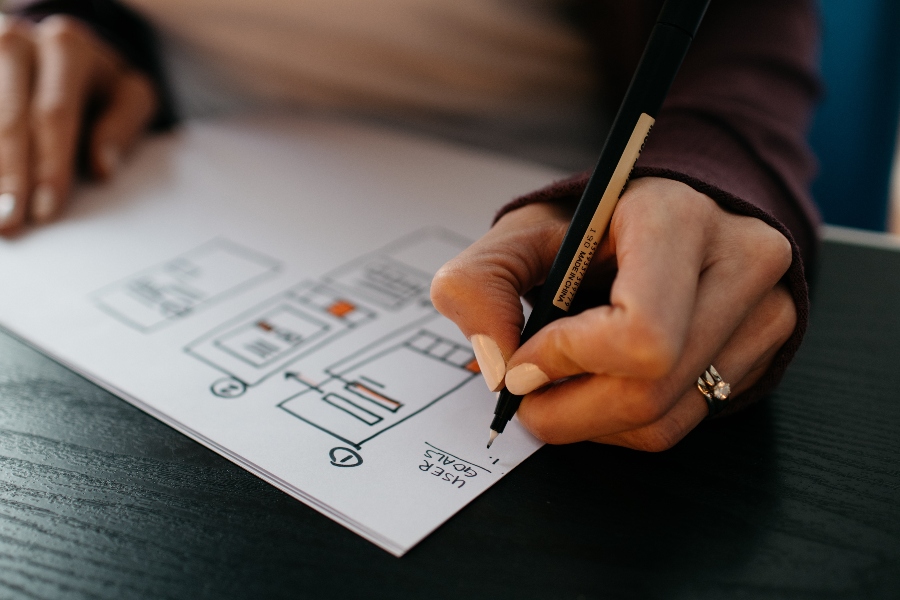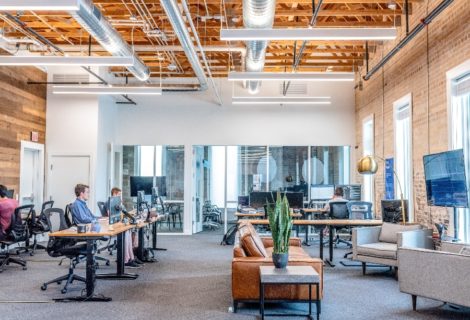4 Factors That Create a Great Web Design
Need to create a strong online presence for your business? It’s a necessity in this digital age. While trends in web design change, there are key best practices that remain constant. Here are a few.
1. Engaging Layouts
Basic is not necessarily boring. A basic layout will keep visitors on your page longer. There are clever design tricks to tweak layouts, but using too many of them will decrease engagement and increase bounce rate.
Instead, use other strategies to captivate your audience. Consider white space as one of the most important design elements in your layouts. Be aware of the white (negative space) on every page and how it affects the content. Keep in mind that paper layout techniques make powerful use of white space. Do the same when working digitally. Also, subtle animations of images and text are intriguing rather than frustrating.
2. Attractive and Legible Fonts
The best web design strategy makes use of fonts that are pleasing to the eye and legible. Size is important; in recent years, the standard for text fonts is to make them at least 16px. While sans serif fonts are often recommended for text, keep your audience in mind. Using a large, clean, legible serif font may be the most appropriate decision if your customer base responds positively to it. Ask a few people who are similar to your customers to give feedback on your fonts.
3. Compelling Graphics
Choose each graphic carefully for your web design. Be sure to optimize each one. They should be small enough to enable pages to load rapidly, yet large enough to deliver top-level quality. This will significantly affect page load time. Pages that load too slowly are bothersome, and another contributor to visitors leaving the site quickly. Your graphics should be in harmony with the content, illustrating and reinforcing it. Invest in professional photography to capture quality portraits and interesting candids from your business. Use stock photos sparingly.
4. Responsive Design
Responsive design means that your website will display equally well on all types of devices. This is crucial now since over half of all visitor traffic comes from mobile phones. Some web design platforms have a built-in responsive design, and others require technical knowledge on the part of the developer to make the website functional and attractive across device types.
An engaging, user-friendly online presence is a foundational aspect of a thriving business. Keep these best practices in mind as you strategize.



